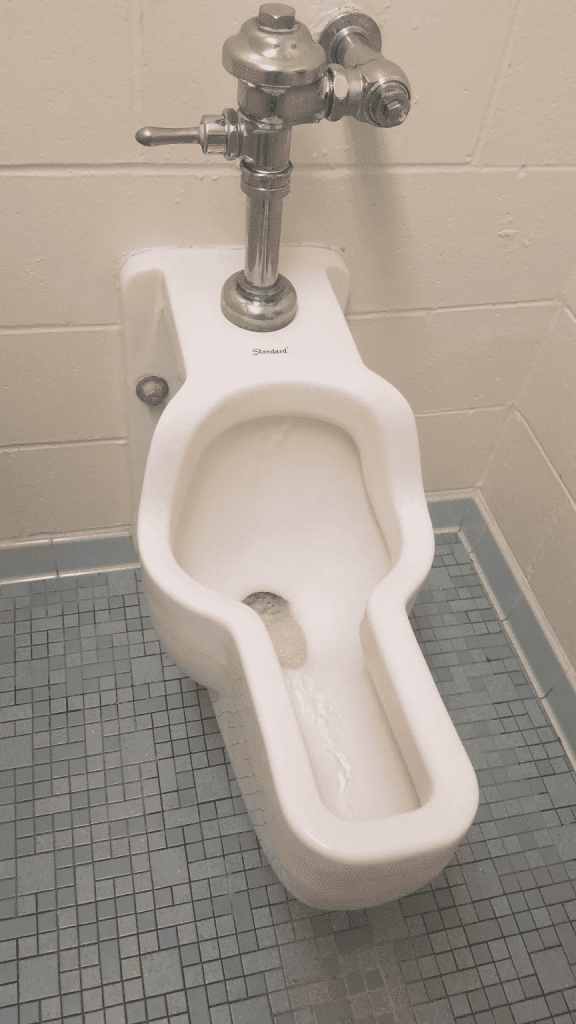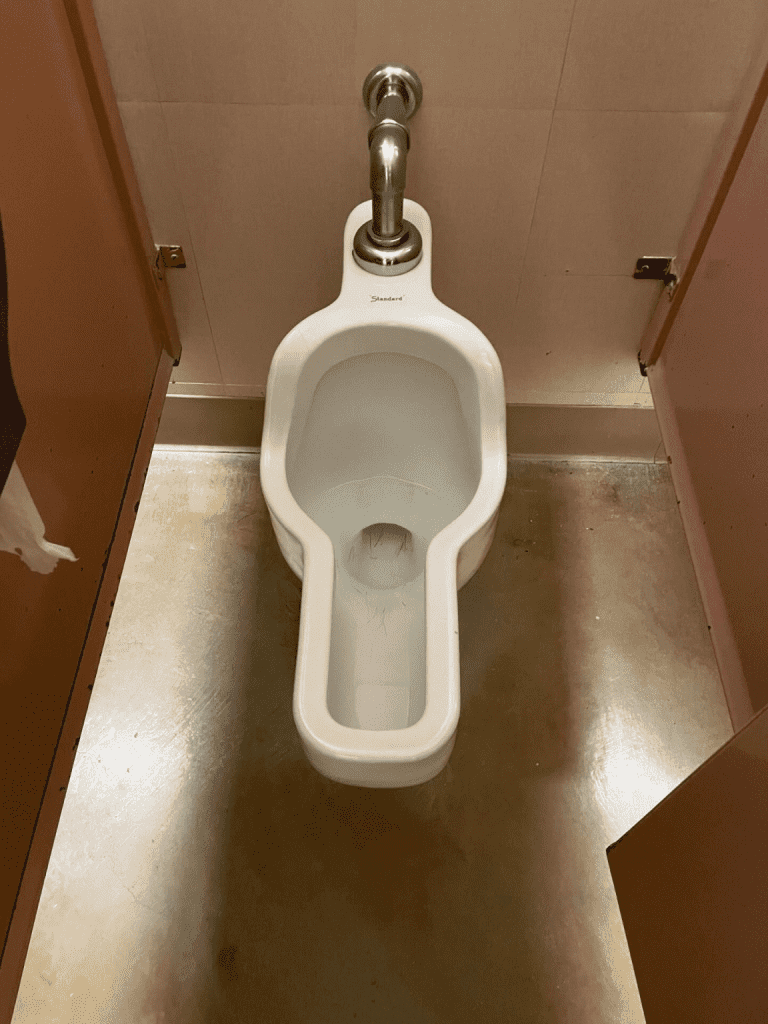Picture this: you walk into a restroom expecting the typical setup, but instead, you find a uniquely shaped toilet that doesn’t look like the standard stall seat. If you’ve stumbled upon one of these at the Huntsville Space Center or anywhere else, you’re likely looking at a women’s urinal—a relatively rare fixture that serves a specific purpose. But why are they designed this way, and what benefits do they offer? Let’s explore the reasons behind this innovation in restroom design and why you may start seeing more of these unconventional fixtures.

The Concept Behind Women’s Urinals: What Are They, Exactly?
In a world where restroom layouts are pretty standardized, the sight of a women’s urinal can certainly be surprising. While urinals are standard in men’s restrooms, they are less common in women’s facilities. However, some venues, including the Huntsville Space Center, have introduced women’s urinals designed to allow women to urinate from a standing or semi-standing position, offering an alternative to traditional toilet seats.
So, what is a women’s urinal, and how is it meant to be used? Simply put, it’s a fixture specifically designed to allow women to urinate without sitting, reducing contact with the seat. The urinal’s shape and positioning encourage a more upright posture, which can be more hygienic, especially in high-traffic or shared restrooms.
Why Women’s Urinals Are Shaped Differently
Women’s urinals are typically shaped differently from standard toilets to accommodate the anatomical differences and to provide a splash-free experience. The design usually features a slanted bowl or a slightly funnel-like shape, which allows users to approach the fixture comfortably while standing. The unique shape serves two main purposes:
- Hygiene: By standing, users avoid direct contact with the fixture, reducing the risk of exposure to germs or bacteria left on shared seats.
- Efficiency: Women’s urinals can be quicker to use and easier to clean, making them an efficient option for high-traffic areas where people are constantly coming and going.
The sloping angle of the urinal helps guide the flow and minimize splashing, making the experience more sanitary and comfortable.
The Hygiene Benefits of Women’s Urinals
One of the biggest advantages of women’s urinals is the enhanced hygiene they offer. Public restrooms can sometimes be uncomfortable for women who are cautious about sitting on shared toilet seats. While seat covers and disinfectants are options, women’s urinals eliminate the need for sitting altogether. This design is particularly useful in busy locations where restroom cleanliness may vary throughout the day.
In addition, by not having to sit, women avoid the inconvenience of hovering or trying to create a barrier on the seat, which can sometimes feel awkward or uncomfortable. The women’s urinal is designed to make restroom visits quicker and more hygienic, especially in places like museums, space centers, and other public attractions.
The Environmental and Economic Advantages of Women’s Urinals
Another lesser-known benefit of women’s urinals is their environmental efficiency. They often require less water per flush compared to traditional toilets, which can contribute to significant water savings over time. Facilities that prioritize sustainability and eco-friendly practices find women’s urinals appealing due to their lower water consumption, helping them reduce their environmental footprint.

For larger venues, reduced water usage translates to lower operational costs, making women’s urinals a cost-effective solution for high-traffic restrooms. In facilities that see hundreds or even thousands of visitors daily, these small savings can add up significantly.
How Women’s Urinals Encourage Comfort and Accessibility
Women’s urinals aren’t just about efficiency and hygiene; they also aim to enhance comfort and accessibility. For instance, in spaces where restrooms are constantly in use, long lines can be frustrating, especially during busy hours. Women’s urinals provide an additional option that can help alleviate restroom wait times, allowing for a quicker turnover.
Additionally, some women, such as those with mobility concerns or who find it difficult to sit or stand from a seated position, may find standing urinals a more comfortable alternative. For these users, women’s urinals can provide a more accessible option, promoting inclusivity in restroom design.
Why Women’s Urinals Are Still Uncommon
Despite the advantages, women’s urinals remain relatively rare and are often seen as a curiosity in places where they do appear. There are a few reasons for this:
- Cultural Expectations: Society has long associated urinals with men’s restrooms, so the idea of women’s urinals is still novel to many. Some women may feel uncomfortable or unsure about using a standing urinal due to lack of familiarity.
- Limited Awareness: Many women have simply never encountered a urinal designed for them, making it an unfamiliar option. Without adequate information or guidance, some users may avoid using them altogether.
- Design Challenges: Creating a women’s urinal that is both effective and comfortable for all users requires thoughtful design, and not all restrooms are equipped to accommodate both traditional toilets and urinals.
What You Should Know if You Encounter a Women’s Urinal
If you come across a women’s urinal, don’t be intimidated. They’re easy to use and provide a more hygienic alternative in public restrooms. Typically, they will be accompanied by brief instructions or signage to guide users. If you’re not sure, rest assured that women’s urinals are designed to be intuitive and comfortable.

For first-time users, the experience may feel unconventional, but it can quickly become a preferred option, especially in high-traffic settings. With the growing emphasis on hygiene, water conservation, and efficient restroom design, women’s urinals may become more common in public spaces.
The Future of Women’s Restroom Design
As the importance of hygiene, efficiency, and inclusivity in restroom facilities continues to grow, innovative fixtures like women’s urinals may become a more widespread choice in public venues. While they may not yet be the norm, women’s urinals provide a valuable alternative for those looking for a faster, more sanitary restroom experience.
In spaces like the Huntsville Space Center, where high visitor turnover demands quick and efficient restroom facilities, the inclusion of women’s urinals reflects a forward-thinking approach to public amenities. As public awareness grows and more facilities introduce these options, women’s urinals could one day be as common as their male counterparts, helping redefine convenience and comfort in restrooms.
Conclusion: Embracing a New Era of Restroom Innovation
The uniquely shaped toilet spotted in the Huntsville Space Center’s women’s restroom is indeed a women’s urinal, designed to provide a hygienic and efficient alternative for restroom visits. With benefits ranging from reduced water usage to improved comfort and hygiene, women’s urinals represent a modern shift in restroom design. Although they may still seem unusual to some, their advantages make them a practical addition to high-traffic public spaces.
So next time you encounter a women’s urinal, consider giving it a try—you may find it to be a surprisingly convenient option! As more facilities embrace this innovation, women’s urinals could pave the way for more inclusive, efficient, and environmentally friendly public restrooms.


